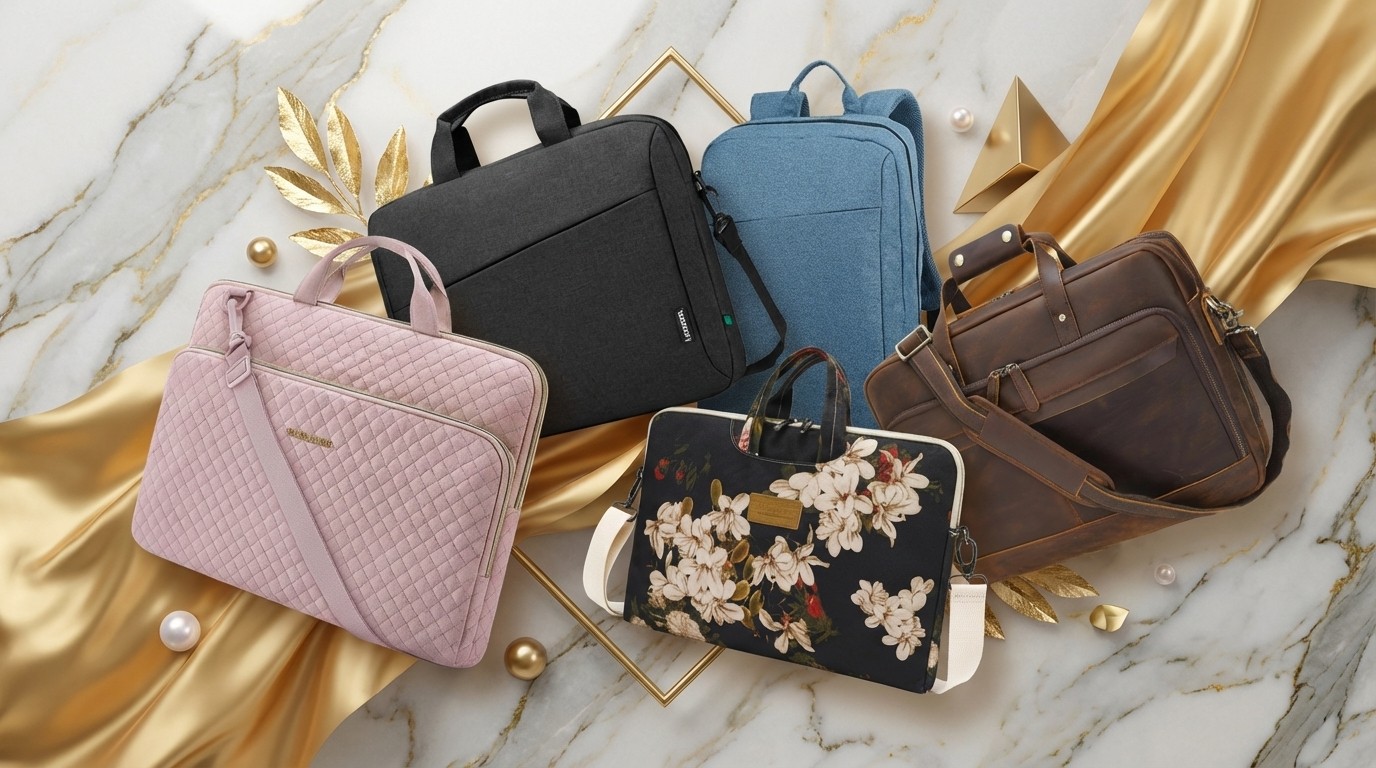What's the cure for the 'design disease'?
Sometimes, reckons Mustafa Kurtuldu, designers might be better off reflecting on things rather than arguing over the latest trends.
There is an epidemic in the design industry. The sickness takes many forms and can affect any one of its citizens at any time. The symptoms, if not caught early, can lead to catastrophic consequences. The disease is known by many names, but the one I shall call it is 'ego'. It can attack anywhere, anytime and usually starts when someone triggers a debate by voicing his or her opinion. A bit like this one.
Don't get me wrong: discussion is a good thing and I encourage it, but I feel that we waste a lot of energy on things that don't need it. Take the debate on skeuomorphic versus flat design. I know I should just walk away, for my own sanity and wellbeing. But that tooth needs prodding.
False oppositions?
Partly I feel the problem is that we do not thoroughly reflect on what skeuomorphic and flat design represent - one thing for certain is they are not antithetical. There is a mood on the web that skeuomorphic is bad because a designer at Apple got it wrong on a few occasions, and that flat design is new and modern. It's not. They are incomparable, because skeuomorphic has to do with creating a visual metaphor in order to help the user understand something new by referencing something they are familiar with. Flat design, however, is a stylistic treatment.
Just to give you an example, Stickies, the native Mac app, would be considered skeuomorphic because it gives the user the feeling that it is sticky note paper - implying that the app is used for writing quick notes rather than essays. However, stylistically it would be considered flat design because it lacks depth thanks to its minimalistic visual approach.
As an aside, I hate the term 'flat design'. It's lazy: by definition isn't everything we design flat? Besides, why do we feel the need to invent new terms when surely what we mean is plain design? If a new paradigm is required, wouldn't it be more accurate to name it after movements such as Pop Art, Art Nouveau, or even Block Design.
When Microsoft showcased Windows 8, people laughed because it didn't look like iOS, which equally, I thought, was wrong. Ironically now it seems Microsoft's stylistic choices are being mimicked. What would Steve would say to that?
There is nothing wrong with designing an experience to resemble something familiar; choosing a bad texture to give it that impression is just choosing a bad texture. Metaphors can help the user. I understand that simply digitising analogue sometimes feels like we are taking two steps back. But that doesn't mean it should trigger a style trend as a justification to design 'flat'.
Daily design news, reviews, how-tos and more, as picked by the editors.
I think the real issue is that designers in our industry feel underrated when compared with designers of other disciplines. Just go to any design museum and you'll see what I mean.
It's true that the medium itself doesn't allow for us to receive that sort of appreciation from the masses. Anyone can appreciate a great tangible product, but a website or app is perceived as something you order stuff from or kill time on as great experiences are hard to see. But then that's information design for you. I'm pretty sure road sign designers feel the same way. But that doesn't mean we should invent quick fixes to solve creative problems. After all, we have nothing to worry about - we are modern day magicians.
A beautiful process
At design college, years ago, I was told not to use system fonts because it was amateurish. Every choice you make in the design process should be considered and have a purpose, as opposed to being merely decorative.
The creative process is a beautiful thing. It is the unknown journey of discovery that has many rewards, so long as we don't pollute it with self-imposed design limitations. Let's not ruin it by deciding upfront to go photorealistic in order to get few hearts on Dribbble or flat because it will make us look cutting-edge. Surely the thing that matters is user need, not our egos. But then again, this is just an opinion.
Words: Mustafa Kurtuldu
Mustafa Kurtuldu is a UX designer at Digital Science. He blogs at www.designtoday.info
This article originally appeared in net magazine issue 246.
Liked this? Read these!
- Create a perfect mood board with these pro tips
- The ultimate guide to logo design
- How to make an app: try these great tutorials
Are you flat or skeuomorphic? Own up in the comments!

The Creative Bloq team is made up of a group of art and design enthusiasts, and has changed and evolved since Creative Bloq began back in 2012. The current website team consists of eight full-time members of staff: Editor Georgia Coggan, Deputy Editor Rosie Hilder, Ecommerce Editor Beren Neale, Senior News Editor Daniel Piper, Editor, Digital Art and 3D Ian Dean, Tech Reviews Editor Erlingur Einarsson, Ecommerce Writer Beth Nicholls and Staff Writer Natalie Fear, as well as a roster of freelancers from around the world. The ImagineFX magazine team also pitch in, ensuring that content from leading digital art publication ImagineFX is represented on Creative Bloq.
